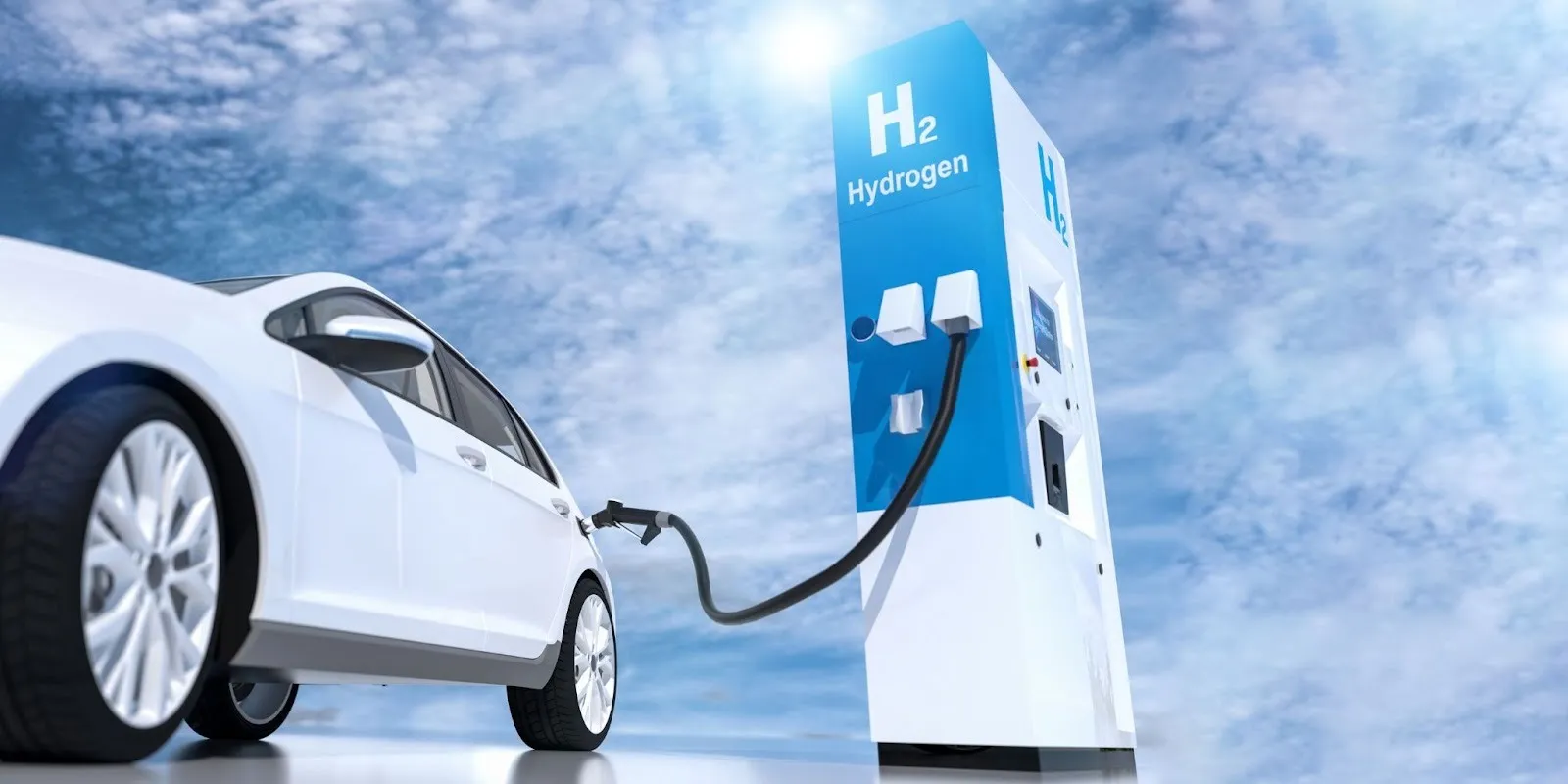Cars and Hydrogen — Fashion Trend or Real Innovation?
Hydrogen-powered vehicles are simpler than they sound. Let’s break it down in plain English.

At its core, a hydrogen vehicle works on a simple principle: hydrogen gas stored in a tank flows into a fuel cell, where it reacts with oxygen. The resulting chemical reaction produces electricity, which powers the car. But here’s the real question — how many hydrogen fueling stations actually exist today?
Hydrogen itself isn’t a raw material like methane or crude oil extracted from the Earth. Yet, it’s the most abundant element on our planet — and in the entire universe. Substances that contain hydrogen atoms include water, methane, and oil. Most likely, one of these three will serve as the source for hydrogen production. The problem? Each option presents challenges that are either too complex or too environmentally costly.

Water or Methane?
It sounds simple enough: take a water molecule (H₂O) and split it into its components. Technically, that works — and can be scaled up — but it’s extremely energy-intensive. And with the world already short on clean electricity, there’s little spare capacity for large-scale electrolysis.
Hydrogen can also be extracted from oil or natural gas. In this process, methane breaks down in the presence of a catalyst when its mixture with oxygen is heated to about 850°C. However, this method produces carbon dioxide as a byproduct — which somewhat defeats the purpose of going green.
In other words, even if we ramp up industrial hydrogen production, we’d still be relying on fossil fuels — and we’d still be generating CO₂. Some of that carbon dioxide could be captured and stored underground, which is better than releasing it into the atmosphere. But “better” doesn’t necessarily mean “good enough.”
Green Power, Cloudy Future
The ideal scenario would be to produce hydrogen using renewable energy sources — solar, wind, or tidal power. This type of hydrogen, known as “green hydrogen,” represents the clean future many experts envision. Unfortunately, a kilogram of green hydrogen currently costs several times more than hydrogen made from natural gas, making it economically impractical for now.
Infrastructure is another bottleneck. There are only a few hundred hydrogen stations worldwide, compared to millions of traditional gas stations. Even in Japan and South Korea, where hydrogen technology receives strong government support, fueling networks remain sparse. Building a single hydrogen station can cost several million dollars.
Still, automakers are pressing forward. Toyota, Hyundai, and Honda continue refining their hydrogen models — Mirai, Nexo, and Clarity Fuel Cell. European manufacturers are experimenting with hydrogen trucks and buses, where the technology might make more sense: long driving ranges, quick refueling, and no massive battery packs to haul around.

Hydrogen — The Future or Just a Phase?
Right now, hydrogen mobility feels more like a high-end fashion statement — exciting, forward-thinking, but far from affordable or mainstream. Then again, that’s exactly how electric cars started out: as niche experiments for enthusiasts. Today, they’re part of everyday life.
If humanity finds a way to produce hydrogen cleanly and cheaply, hydrogen vehicles could truly revolutionize transportation — not as a passing trend, but as a genuine innovation. Until then, hydrogen remains a symbol of hope — for a cleaner, faster, and more sustainable automotive future.
Our editorial team invites you to explore more of our features on hydrogen engines and vehicles.
You may also be interested in the news:

Recharged Ambitions: Hyundai’s 2026 Nexo Makes Another Play for Hydrogen Power
The first-generation hydrogen fuel-cell EV didn't exactly take off in the U.S., but Hyundai's not done with our market just yet.

These 9 Luxury Cars Just Aren’t Worth the Money: A Closer Look
Not every high-end car lives up to its hefty price tag — especially once you factor in the cost of maintenance and repairs.

Price Tag: $300,000 — Flying Car Undergoing Tests in the U.S.
California-based Alef Aeronautics is running test flights of what it calls the world’s first production-ready flying car at several Silicon Valley airports.

Why Driving Becomes Harder for Older Americans — and What the Law Says
Age behind the wheel: when health matters more than the number on your license — should restrictions be expected?

Silence Engineered: China Reveals the Science Behind Its In-Car Noise Cancellation
Drivers get a look at how engineers create perfect quiet inside a car.